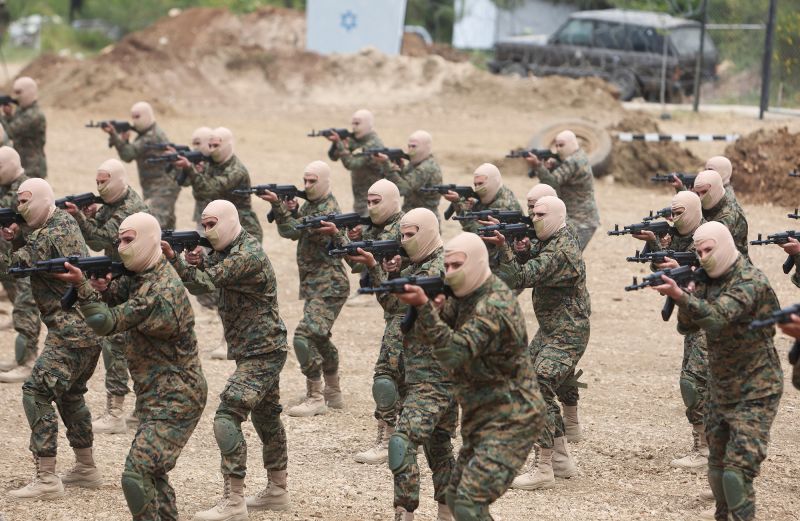Hezbollah has become increasingly powerful in recent years, as tensions between Israel and Iran have grown over the issue of the latter’s nuclear program. The Iran-backed Lebanese militant group has been a major player in the Middle East for decades, and its growing presence close to the Israeli border has raised international concerns. It is important to better understand the group and its motivations in order to more effectively address the security threat it poses.
Hezbollah first emerged in the Lebanese civil war of the 1980s, fighting alongside Syria and Iranian-backed forces against Israeli and Christian Lebanese forces. The 1979 Islamic Revolution in Iran provided significant backing for Hezbollah in the form of weapons, money, and other forms of support that helped it expand its operations. By the end of the war, Hezbollah had developed a strong military force and its political influence had grown significantly throughout the Middle East.
In the modern era, Hezbollah is an established part of the Lebanese political landscape. It is a powerful political and social movement, with strong links to the Iranian government. It has gained strength and followers by providing social, health and educational services to areas of the country that tend to be neglected, particularly among the Shi’a population. It has developed a powerful military wing, through which it claims to fight for “the liberation of Palestine and the defense of Lebanon”.
At the same time, Hezbollah has become increasingly ambitious and aggressive. It has grown to become the strongest military force in Lebanon, and it is deeply involved in the civil war in Syria, where it works in partnership with the Syrian regime. Its presence close to the Israeli border has put it at the center of a potential conflict between Israel and Iran, and its continued enrichment of weapons and expansion of its military capabilities has been consistently concerning for the international community.
With its increased presence throughout the region, Hezbollah’s power and influence make it necessary to understand and address the security challenges posed by the group. In order to successfully respond to the potential threats posed, it is important to appreciate the context in which the group operates, as well as its motivations and internal dynamics. This is the first step in effectively addressing the security challenge the group poses.


